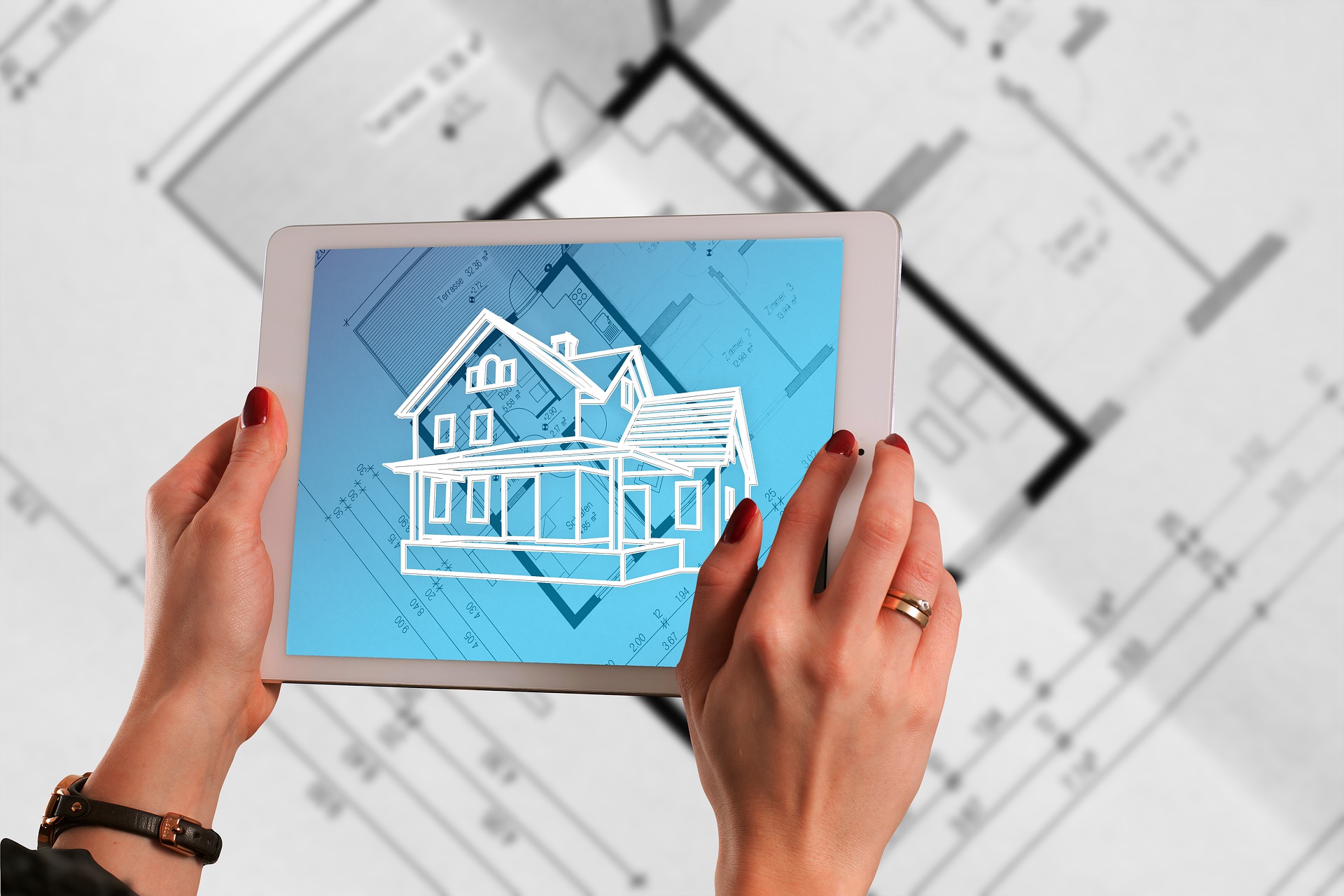One of the biggest investments in the current economy is purchasing a nice, well-furnished house. To sell these properties, realtors often have to go above and beyond their regular duties to finalize the deal. Of course, the pandemic has made in-person meetings with prospective buyers highly inconvenient and fraught with health risks. Thankfully, virtual reality (VR) real estate helps brokers continue to move properties and keep their clients safe.
What is virtual real estate?
Thanks to the advent of VR technology, the concept of virtual real estate is on the rise. In fact, it can be a major game-changer for the real estate industry in the coming years. Reports suggest that the VR industry is already worth a whopping 15.81 billion as of 2020.
According to a survey, nearly 54 % of potential homeowners search for properties on the internet first before scheduling a meeting. The amalgamation of virtual reality with the online transformation of the real estate sector is bound to deliver amazing results.
To further demonstrate its amazing benefits, here are five ways in which virtual reality can help transform your real estate business.
1. Home Touring and Selling Efficiency
Perhaps the biggest and most significant benefit of VR is the ability to tour properties from the comfort of your home. Prior to VR, a prospective client had to drive or walk around the area and explore the properties in person.
However, many software companies have now created cutting-edge VR software that provides a very realistic, interactive rendering of the property. These VR software packages can help prospective homebuyers and renters alike in virtually gauging the property online.
Furthermore, it offers incredible comfort not just to buyers but realtors as well. They don’t need to travel incessantly to make a sale. Overall, it has led to an exponential increase in property viewings. With VR, selling a home and improving your business is nothing short of a cakewalk.
2. Virtual Staging
Conventional real estate home tours involve walking around empty rooms in a house. As a realtor, it can be a struggle to sell an empty apartment or house to a potential client. The prospective buyers or renters can struggle to visualize a home when they have little to fuel their imagination.
To mitigate this, staging a property with nice furniture and fixtures is much more appealing to a customer. Almost 77 % of active realtors agree that aptly staging a house helps clients feel more connected to the property. The only caveat is that it is quite expensive to stage it physically for each property.
However, virtual staging blows both of these problems right out of the water. Realtors can now showcase their properties through virtual staging and impress potential clients to close the deal.
3. Virtual Commerce
The fantastic benefits of VR technology don’t just end with home tours and virtual staging. It also promotes virtual commerce to a whole new level. You can help the client with ideas to decorate the space by tastefully staging the property with decor and furniture.
One can click on a particular item during a home tour to reveal its price and vendor info. This helps the customer to purchase items for the home online at a moment’s notice. They can also replace a particular product or decor setting with another online purchase that suits their taste.
This offers an incredible level of interaction with the property which might not be possible during a real-time viewing. Overall, it boosts the virtual commerce aspect as well as bolsters the reputation of your business.
4. Architectural Visualization
Virtual staging is a great tool to sell already-built homes. But what about yet-to-be-built properties?
Traditionally, realtors showcase small, layout models of the property and the locality to paint a better picture. For the interiors, however, real estate businesses often create showrooms where they display full-scale models of the property.
This is, of course, not ideal from an economic standpoint.
Thankfully, VR technology has a solution for this problem too. With the help of virtual reality tools, realtors can impress customers with incredible detailing of the property’s interior and exterior.
Thus, architectural visualization through VR can be done at a fraction of the cost of the physical setup. This can ultimately help real estate companies to drum up more business.
5. Improved Client Communication
Finally, with the advent of VR, spotty client communication is a thing of the past.
When it comes to renovation projects, this technology helps in keeping the customer updated about their property. Through a virtual tour, all the concerns regarding the particular property can be addressed with ease. It also helps realtors to convey these problems to contractors and the renovation team with ease.
Sometimes, when a new tenant moves into a property, they can have queries about operating certain appliances or plumbing. This problem is especially common where there is a massive communication gap between the property owner and the tenant. The vacation rental industry has been plagued by issues of flawed communication for years.
This can all be easily mitigated with the help of a virtual tour and an interactive video. The importance of VR in vacation rentals is even more pronounced as these properties have a massive turnover rate. This further emphasizes the role of better communication with tenants.
Concluding Thoughts
These aforementioned five points make a convincing statement regarding the importance of using virtual reality in the real estate sector.
If you’re still on the fence, it might help to remember that VR is still in its infancy. The technology is set to evolve by leaps and bounds in the coming years, potentially impacting all aspects of life. As a result, it’s best to stay ahead of the curve.

